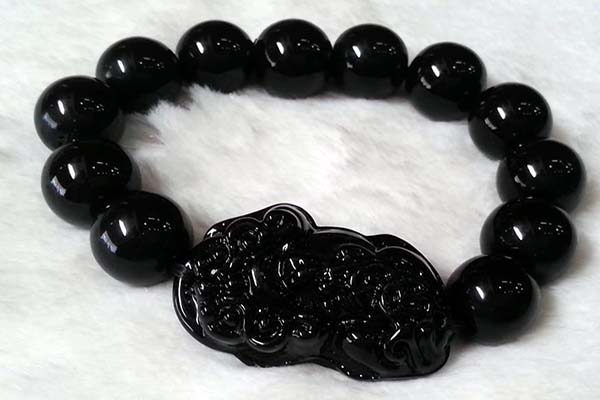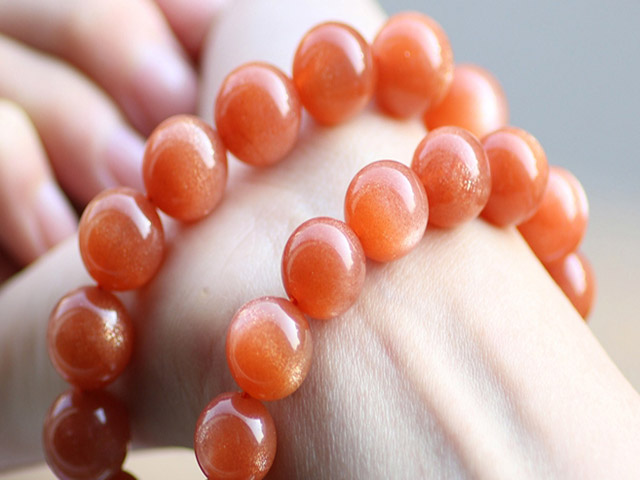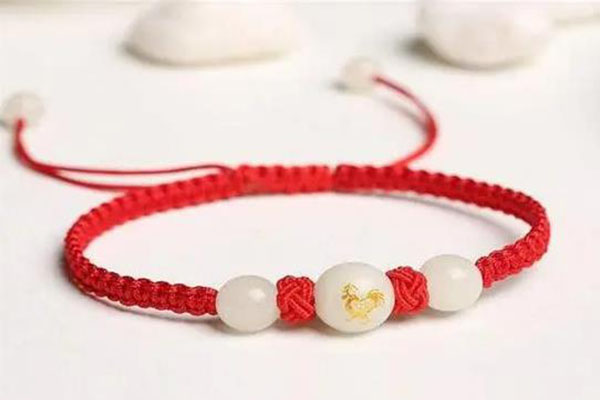When it comes to the world of tea, there are countless varieties to choose from. Two popular options that often pique the interest of tea enthusiasts are Tie Guan Yin and Oolong tea. Each of these teas carries its own unique flavors and qualities, making the decision between them a delightful dilemma for tea lovers. In this blog post, we will dive into the characteristics of Tie Guan Yin and Oolong tea, explore their similarities and differences, and ultimately leave the decision of which is better up to personal preference.
Understanding Tie Guan Yin Tea
Tie Guan Yin, also known as Iron Goddess of Mercy, is a traditional Chinese tea with a rich history. Legend has it that this tea was named after the Buddhist deity Guanyin, who embodies compassion and mercy. Tie Guan Yin is primarily grown in the Fujian province of China and is renowned for its unique production process.
The tea leaves of Tie Guan Yin are carefully harvested and undergo a meticulous process that includes withering, rolling, and oxidation. The level of oxidation can vary, resulting in different flavors and aromas. The finished tea leaves are tightly rolled into small, dark pellets, resembling tiny iron beads.
When brewed, Tie Guan Yin tea exudes a captivating aroma with notes of orchids and a distinct roasted fragrance. The flavor profile is complex, offering a balance of floral and toasty notes with a subtle sweetness and a lingering aftertaste. The liquor appears golden in color, adding to the overall sensory experience.
Understanding Oolong Tea
Oolong tea, originating from China and Taiwan, is a semi-oxidized tea that lies somewhere between green tea and black tea. The unique processing methods give Oolong tea its distinctive characteristics. The leaves are typically hand-picked and undergo a process that involves withering, bruising, oxidation, and finally, firing.
The level of oxidation in Oolong tea can vary, resulting in a wide range of flavors. Some Oolong teas are closer to green tea with a light oxidation, while others lean more towards black tea with a deeper oxidation. This variation makes Oolong tea a diverse category with a multitude of flavors and aromas.
The taste profile of Oolong tea can range from delicate and floral to robust and toasty. It often exhibits a complex flavor spectrum that includes notes of fruits, flowers, nuts, and honey. The liquor color can vary from pale yellow to amber, depending on the oxidation level and specific tea variety.
Comparing Tie Guan Yin and Oolong Tea
Both Tie Guan Yin and Oolong tea share certain similarities, given that Tie Guan Yin is a type of Oolong tea. They both offer a wide range of flavors, thanks to the different oxidation levels. Additionally, both teas have a balanced profile that combines floral, roasted, and sometimes fruity notes.
However, there are some notable differences between Tie Guan Yin and other Oolong teas. Tie Guan Yin is known for its distinct orchid aroma, which sets it apart from other Oolong varieties. It also tends to have a slightly lighter oxidation level compared to darker Oolongs, resulting in a smoother and more delicate taste.
In terms of appearance, Tie Guan Yin stands out with its tightly rolled, dark green leaves that unfurl during steeping. Other Oolong teas may have more open, twisted leaves that expand when brewed. These visual cues can add to the overall experience of enjoying the tea.
When it comes to caffeine content and health benefits, Tie Guan Yin and Oolong tea are quite similar. Both teas contain caffeine, although the exact amount can vary depending on factors such as the brewing method and the specific tea leaves used. It’s worth noting that Oolong tea, including Tie Guan Yin, generally contains less caffeine than black tea but more caffeine than green tea.
In terms of health benefits, Tie Guan Yin and Oolong tea share some common advantages. Both are known for their potential antioxidant properties, which can help combat free radicals in the body and support overall health. Additionally, Oolong teas, including Tie Guan Yin, are often associated with potential benefits such as boosting metabolism, aiding digestion, and promoting weight management.
Brewing and Serving Tie Guan Yin and Oolong Tea
To fully appreciate the flavors and nuances of Tie Guan Yin and Oolong tea, it’s essential to brew and serve them properly. Here are some general guidelines for brewing each tea:
Brewing Tie Guan Yin Tea
- Use freshly boiled water, ideally at a temperature around 195°F (90°C).
- Rinse the tea leaves briefly with hot water to awaken their flavors.
- Use about 1 teaspoon of Tie Guan Yin tea leaves per cup (8 ounces) of water.
- Steep the tea for 2-3 minutes for the first infusion, gradually increasing the steeping time for subsequent infusions.
- Adjust the steeping time based on personal preference to achieve the desired strength.
Brewing Oolong Tea
- Boil water and let it cool slightly to a temperature around 180-200°F (82-93°C) for lighter Oolongs, and 200-212°F (93-100°C) for darker Oolongs.
- Place the Oolong tea leaves in a teapot or infuser.
- Use about 1 tablespoon of Oolong tea leaves per cup (8 ounces) of water.
- Pour the hot water over the leaves and steep for 1-3 minutes for lighter Oolongs and 3-5 minutes for darker Oolongs.
- Experiment with different steeping times to find the taste that suits your preference.
Remember to adjust the brewing parameters based on the specific characteristics of the tea leaves and your personal taste preferences.
Which Is Better: Tie Guan Yin or Oolong Tea?
The ultimate question remains: Which is better, Tie Guan Yin or Oolong tea? The answer lies in personal preference. Both teas offer a diverse range of flavors, captivating aromas, and potential health benefits. Some may prefer the delicate and floral notes of Tie Guan Yin, while others may lean towards the robust and toasty flavors of other Oolong varieties.
To truly determine which tea is better for you, it’s worth exploring both Tie Guan Yin and other Oolong teas. Sample different varieties, experiment with brewing techniques, and savor the unique characteristics of each tea. Allow your taste buds to guide you on this delightful journey of tea appreciation.
FAQs
1: What is the best brewing method for Tie Guan Yin tea?
For brewing Tie Guan Yin tea, it is recommended to use freshly boiled water at a temperature around 195°F (90°C). You can rinse the tea leaves briefly with hot water before steeping to awaken their flavors. Use about 1 teaspoon of Tie Guan Yin tea leaves per cup (8 ounces) of water and steep for 2-3 minutes for the first infusion, adjusting the steeping time based on personal preference for subsequent infusions.
2: How should I brew Oolong tea to bring out its best flavors?
The brewing method for Oolong tea may vary depending on the specific type and oxidation level. As a general guideline, use water at a temperature around 180-200°F (82-93°C) for lighter Oolongs and 200-212°F (93-100°C) for darker Oolongs. Use about 1 tablespoon of Oolong tea leaves per cup (8 ounces) of water. Steep for 1-3 minutes for lighter Oolongs and 3-5 minutes for darker Oolongs. Adjust the steeping time to achieve your preferred strength and flavor.
3: Does Tie Guan Yin tea have a higher caffeine content compared to other Oolong teas?
Tie Guan Yin tea generally contains a moderate amount of caffeine. However, the caffeine content can vary depending on factors such as the specific tea leaves used, brewing parameters, and steeping time. In general, Oolong teas, including Tie Guan Yin, tend to have less caffeine than black tea but more caffeine than green tea.
4: Are there any health benefits associated with drinking Tie Guan Yin or Oolong tea?
Both Tie Guan Yin and Oolong tea are often associated with potential health benefits. They are rich in antioxidants, which can help combat free radicals and support overall health. Oolong teas, including Tie Guan Yin, have been linked to benefits such as boosting metabolism, aiding digestion, and promoting weight management. However, it’s important to note that individual results may vary, and tea should be consumed as part of a balanced lifestyle.
5: Can I re-steep Tie Guan Yin and Oolong tea leaves?
Yes, both Tie Guan Yin and Oolong tea leaves can be re-steeped multiple times, allowing you to enjoy their flavors and aromas to the fullest. The number of infusions will depend on the specific tea leaves and your personal preference. Experiment with longer or shorter steeping times for subsequent infusions to extract different flavor profiles from the leaves.
Conclusion
In the world of tea, Tie Guan Yin and Oolong hold a special place with their distinct flavors and rich histories. While Tie Guan Yin embodies the elegance of orchid aromas and lighter oxidation, other Oolong teas present a diverse range of flavors and aromas. The choice between Tie Guan Yin and Oolong tea ultimately comes down to personal preference and the sensory experience one seeks. Embrace the beauty of both teas, explore their nuances, and let your taste buds be the judge in this delightful debate of Tie Guan Yin versus Oolong.








